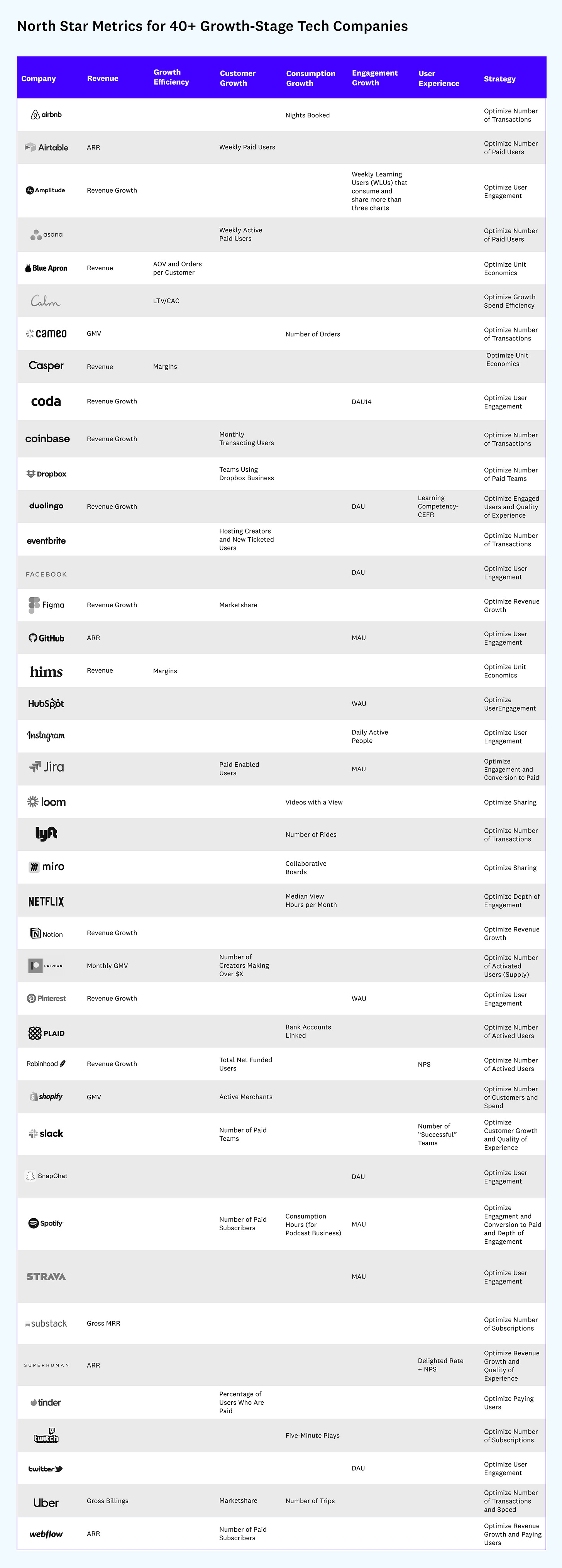Finding Your North Star: The Metric That Matters
Drowning in metrics? Discover how a single North Star Metric can guide your product to growth. Learn from Netflix, Slack, and Duolingo on finding the metric that truly matters.
When you're steering a product, it’s easy to get lost in a sea of data. Metrics everywhere: DAUs, MAUs, churn rates, conversion rates—it’s like trying to navigate using every star in the sky. But here’s the thing: sailors didn’t need every star. They needed one. The North Star.
In product management, your North Star Metric (NSM) is that single, guiding light. It aligns your team, clarifies priorities, and keeps everyone rowing in the same direction. It's not just a number; it's the heartbeat of your product’s growth.
What Is a North Star Metric?
A North Star Metric is the one metric that best captures the core value your product delivers to customers. Think of it as the ultimate compass—the metric that, if it’s growing, your product is thriving. Companies like Spotify, Airbnb, and Facebook have all championed their own NSMs to drive growth.
Spotify: Time spent listening
Airbnb: Nights booked
Facebook: Daily active users
Notice a pattern? These metrics aren’t about revenue or downloads. They focus on user engagement and value.
Why It Matters
Without an NSM, teams can drift. Different departments chase different goals, leading to fragmented efforts. But with a clear North Star, every team knows what success looks like. It creates alignment, fosters focus, and drives sustainable growth.
Think of it like this: if your product is a ship, your NSM is the lighthouse. It doesn’t matter how turbulent the waters are; that light keeps you on course.
Real-Life Examples: The Power of a North Star Metric
Netflix: Their NSM is "hours watched." This metric helps them focus on keeping users engaged with binge-worthy content. By prioritizing watch time, Netflix continually optimizes recommendations, content quality, and user experience, leading to subscriber retention and growth.
Slack: Slack's NSM is "messages sent within a team." Why? Because the more messages teams send, the more embedded Slack becomes in daily workflows. This insight led them to focus on features that enhance team collaboration, driving higher engagement and reducing churn.
Duolingo: Their NSM is "weekly active learners." This metric shifts the focus from downloads to actual learning engagement. It’s why Duolingo invests heavily in gamification, reminders, and streaks to keep learners motivated.
Finding Your North Star
Choosing your NSM isn’t about picking a flashy number. It’s about understanding the essence of your product. Ask yourself:
What is the core value we deliver to our users?
How do we measure if users are receiving that value?
Does this metric reflect long-term growth?
For example, if you’re building a fitness app, is your NSM the number of downloads? Probably not. A better NSM might be "workouts completed per user per week" because it reflects actual user engagement and value.
Balancing Act: Avoid the Pitfalls
While the NSM is powerful, it’s not a magic wand. Over-focusing on a single metric can lead to blind spots. That’s why it’s essential to support your NSM with guardrail metrics—KPIs that ensure you’re not optimizing one area at the expense of others.
For instance, if Airbnb only focused on "nights booked," hosts might get burned out, impacting quality. Hence, they also track host satisfaction and retention.
Similarly, Slack ensures they’re not just increasing message volume but also maintaining user satisfaction by tracking support tickets and feature adoption rates.
Here’s a compilation of North Star Metrics for 40+ Growth-stage tech companies

The Takeaway
Your North Star Metric isn’t just a number; it’s a narrative. It tells the story of your product’s purpose and progress. So, find that metric, rally your team around it, and let it guide your growth journey.
Until next one,
Aswath
Product Over Chai




